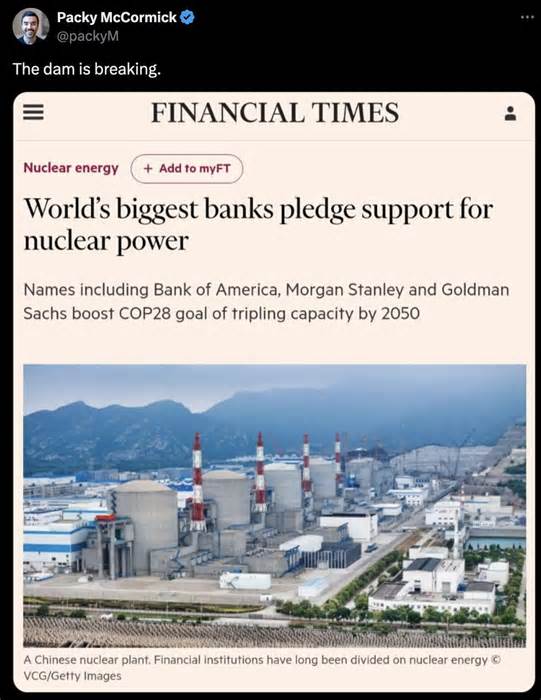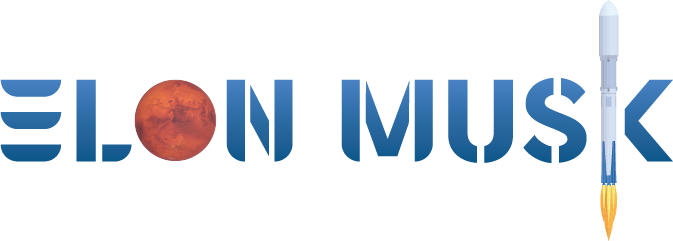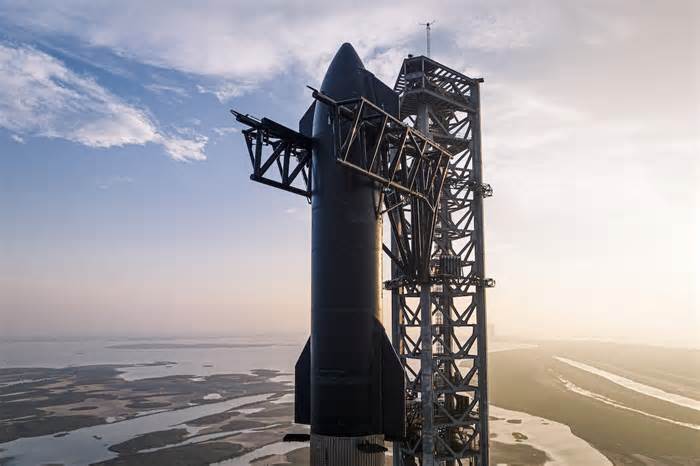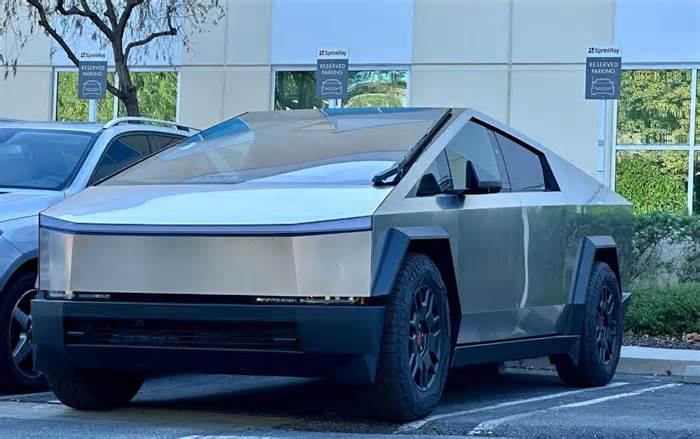
Hyperscalers Like Microsoft Are Far Better Customers for Nuclear Energy
- by NextBigFuture
- Sep 25, 2024
- 0 Comments
- 0 Likes Flag 0 Of 5

Brian Wang
Microsoft and the companies making AI data centers will be great customers for nuclear energy. Barrons reports that Microsoft is paying double the price for the Three Mile island nuclear electricity as the going commercial rates. This is about $130 per megawatt hour. An 835 megawatt reactor at 92% capacity factor would generate about 6.6 million megawatt hours in year. This will be the $860 million per year for 20 years.
Constellation has contracted with Constellation for the energy from restarting Three Mile Island Unit 1. Microsoft has struck a 20-year deal with Constellation to draw power from what was once the Three Mile Island Nuclear Generating Station on the Susquehanna River in Londonderry Township, near Harrisburg.
The revamped Three Mile Island unit, set to operate in 2028, would add 835 MW of energy over 20 years to the area grid operated by PJM Interconnection to match power used by the Microsoft data centers.
Constellation purchased TMI Unit 1, in 1999. Before it was retired prematurely for economic reasons in 2019, the plant had a generating capacity of 837 megawatts, which is enough to power more than 800,000 average homes. In its last year of operation, the plant was producing electricity at maximum capacity 96.3 percent of the time – well above the industry average.
The BG2 Venture Capitalists (Brad Gerstner and Bill Gurley) describe how the Hyperscalers (Amazon, Google, Meta, Microsoft and Tesla) are far better customers for nuclear energy. The utilities have low risk tolerance and move slowly. The Hyperscalers have trillions in funds and will aggressively buy nuclear power from restarting reactors and for new small modular reactors.
The dam is breaking. pic.twitter.com/FmaMqJF3Kr September 25, 2024 at 10:31 pm
Of course integrated circuit’s have exponentially increased in speed since the first IC created by Intel in 1971. The perceived “wall” of Moore’s Law has been overcome sometimes by more efficient programing, but most dramatically by advances in the physical architecture of IC’s. Back in the 1980’s my company “got around” the (by current standards) shockingly slow 8080/8888 Intel chip’s. We created optical fingerprint equipment that scanned a persons prints, sent them to the FBI AFIS (automated fingerprint identification system database) in Washington DC, then if that person was previously printed, their ID was sent back to the inquiring entity (like a police department) in near real time. In the 1980’s, the speed and intense compartmented security this communication embedded was to many in the intelligence community, jaw dropping. (self included)
Understand in those days most data was sent over telephone land lines. INTENSELY efficient for voice communication, but terrible for sending large volumes of data quickly/seamlessly. Like a video. Or something with “layered “compressed data. We got around that by turning a print image into an optical fractal. A fractal contains the same “information” no matter it’s volume of data, or size. It’s also intensely robust against “hacking”. How? I won’t say, but it’s very cool, and very elegant, IMO.
Today, you use your credit card at a business, the transaction takes 2, 3, seconds. At most. It’s so fast, in a large part, because the energy required for that communication is so minimal. That’s based on burst, or jacketed communication, a very old concept (goes back to WW2) Which is why I’m puzzled with these (and many more) mathematical and technological “tweaks” data centers use so much power.
Robert C
Please first to comment
Related Post
Stay Connected
Tweets by elonmuskTo get the latest tweets please make sure you are logged in on X on this browser.
Sponsored
Popular Post
tesla Model 3 Owner Nearly Stung With $1,700 Bill For Windshield Crack After Delivery
33 ViewsDec 28 ,2024
Middle-Aged Dentist Bought a Tesla Cybertruck, Now He Gets All the Attention He Wanted
32 ViewsNov 23 ,2024






 Energy
Energy



















